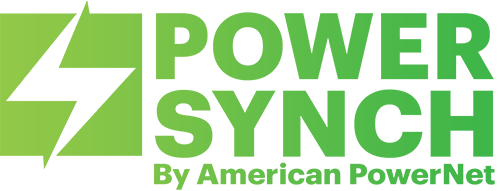
HashAxis
HashAxis is a global NFT marketplace built on the Hedera network, designed for buying, selling, and discovering digital collectibles and non-fungible tokens (NFTs). It leverages the Hedera Token Service (HTS) to mint, manage, and trade NFTs and is supported by the HBAR foundation.
A key advantage of HashAxis is its utilization of Hedera's low and predictable transaction fees, high-speed performance (capable of 10,000 transactions per second), and carbon-negative footprint. This makes creating, buying, and selling NFTs comparatively more accessible and environmentally friendly. HashAxis also supports native Hedera functionalities including “atomic swaps” for secure peer-to-peer trading and on-chain royalty payments, which provide automatic compensation to creators for secondary sales.
HashAxis integrates “Filecoin” for decentralized NFT storage and is one of the only NFT marketplaces to offer a streamlined, no-code interface for users to engage with digital collectibles across various categories, including art, profile pictures and more.
Project Information
Related Projects

Capture, by Numbers Protocol, is a Web3 camera application designed to combat digital fraud and establish verifiable provenance for photos and videos. It functions as the primary creation tool for the Numbers Protocol network, allowing users to generate digital media that is authentic, traceable, and secure from the moment of creation. The app is targeted at content creators, photographers, journalists, and anyone concerned with the integrity and ownership of their digital work in an age of AI-driven misinformation.
When a user takes a photo or records a video with the Capture App, it automatically embeds the content with rich, tamper-proof metadata. This includes critical information such as the creator's identity, a secure timestamp, and geolocation data. This entire package is then registered on a blockchain, creating an immutable "birth certificate" for the asset. This process adheres to the C2PA (Coalition for Content Provenance and Authenticity) standard, ensuring a high degree of trust.
This "Capture-secured" content provides a clear and verifiable history that travels with the asset, allowing anyone to confirm its origin and view any subsequent edits. Furthermore, the app provides a seamless, one-click process for users to mint their verified content as non-fungible tokens (NFTs) on various blockchains.
.png)
GetEnergy is a green fintech company operating a B2B distribution platform for renewable electricity. The company’s core mission is to create a smart and cost-efficient marketplace that connects renewable energy generators directly with suppliers and consumers.
The platform functions by acquiring electricity from renewable generators through Power Purchase Agreements. The acquired electricity is then digitized, or "tokenized," on the company's proprietary platform, where each token represents 1 kWh of energy. This process utilizes proven Distributed Ledger Technology (DLT) and smart contracts to facilitate the sale and settlement of energy transactions. This DLT-based approach aims to reduce electricity costs by removing traditional intermediaries from the value chain.
Key features of the GetEnergy platform include providing users with “fully traceable green certificates" and guaranteeing transparency and faster settlement times for all transactions. The platform also incorporates advanced AI and machine learning models for forecasting services to optimize energy load and imbalance management.

Apache Log4j is an open-source, Java-based logging utility used by developers to record application events, errors, and operational data. It is a popular tool for debugging, system monitoring, and conducting audits across myriad Java platforms.
In the Hedera ecosystem, the log4j2-hedera repository offers a specific integration for Log4j 2.x and provides a custom appender that enables recording of logged events directly to the Hedera network via the Hedera Consensus Service (HCS). This allows applications to interact with HCS to submit their log entries, effectively writing them onto Hedera's distributed ledger.
The primary benefits of this integration include ensuring that logged data is distributed, secure, and transparent providing provable security. Furthermore, it guarantees the integrity and immutability of the recorded log information, as each entry is validated by Hedera’s consensus mechanism. This specialized appender provides a robust solution for applications requiring verifiable, tamper-resistant logging. This use case is distinct from how Hedera's core network software and provides additional verification.

PowerSynch is a digital platform developed by American PowerNet, the first independent company to be granted a power marketer license by the Federal Energy Regulatory Commission (FERC). It specializes in providing direct access to wholesale electricity markets for commercial and industrial clients.
The PowerSynch platform functions as a marketplace for sustainable energy, connecting large-scale buyers directly with renewable energy generators. Its primary service is to facilitate transparent and efficient online transactions for wholesale power, bundled with Renewable Energy Credits (RECs). The platform enables buyers to competitively bid for wholesale blocks of power, offering flexible, short-duration Power Purchase Agreements (PPAs). For sellers, PowerSynch provides a streamlined process to offer their renewable energy to a larger market with the assurance of payment upon delivery. The platform manages the physical delivery of power and provides audit-ready data for environmental reporting.
PowerSynch leverages the Hedera network to ensure the transparency and verifiability of its transactions. The use of Hedera is intended to increase trust in the renewable energy market, prevent double-counting of RECs, and provide a secure, auditable trail for all transactions.
